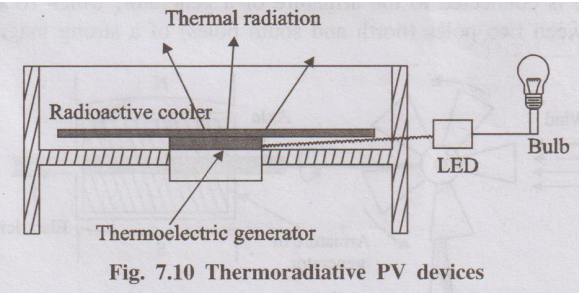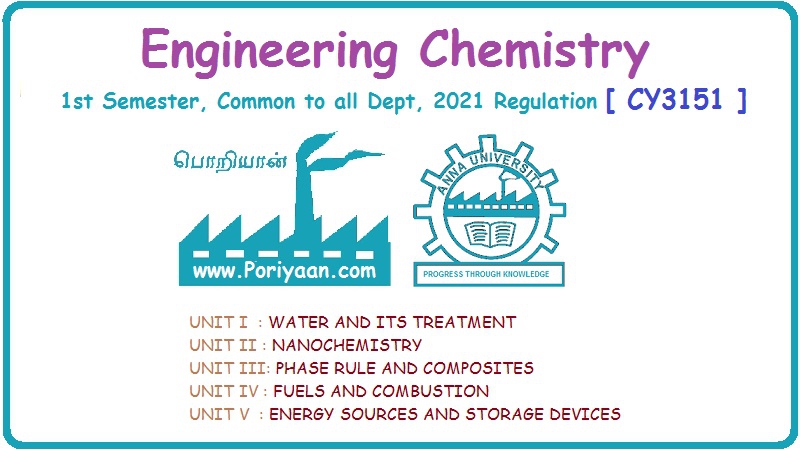Engineering Chemistry: Unit V: a. Energy Sources
Recent Developments in Solar Cell Materials
A typical solar cell consists of semiconducting materials such as p- and n-type silicon. In order to achieve maximum solar-to-electricity efficiency, innovative solar energy materials, at low cost, are being used.
RECENT DEVELOPMENTS IN SOLAR CELL MATERIALS
A typical solar cell consists of semiconducting materials such as
p- and n-type silicon. In order to achieve maximum solar-to-electricity
efficiency, innovative solar energy materials, at low cost, are being used.
1. Types of highly investigated solar cell materials
Some types of highly investigated semiconducting materials now
used are
1. Crystalline Si
2. Thin films
3. Next generation Perovskite Solar Cells (PSCs)
4. Solar paints
5. Transparent solar windows
6. Thermoradiative PV devices
7. Solar distillation
1. Crystalline silicon (c-Si)
Crystalline silicon (c-Si) is the most used (90% of the global PV
market) semiconducting material in solar panels. But, its efficiency is only
30%. So, solar cells with low-cost and high-efficiency materials are emerging.
Examples
(i) III-V multijunction materials: (efficiency > 30%)
(ii) Hybrid tandem III-V/Si solar cells: (efficiency > 30%)
(iii) Six-junction III-V solar cells under concentrated light (efficiency
> 47.1%)
(iv) Si-based bifacial technology: (efficiency is 11% more compared
to standard panels)
2. Thin films
Due to their narrow design (light weight, flexibility and ease of
installation) second-generation thin-film solar cells are growing as one of the
most promising PV technologies. This films are 350 times smaller light
absorbing layers compared to standard Si-panels.
Examples
(i) Cadmium-telluride (CdTe).
(ii) Amorphous silicon.
(iii) Gallium - arsenide (GaAs).
(iv) Copper - Indium - Gallium - Selenide (CIGS).
Of all, CIGS is the more efficient with efficiency upto 21%.
3. Perovskite solar cells
Among the next generation solar cells, hybrid metal halide
perovskite solar cells (PSCs), play an important role due to their low price,
thinner design, low temperature processing and excellent light absorption
properties.
Examples
Combined perovskite and Si-PV materials shows a record efficiency
of upto 28%.
4. Solar paints
Solar paint is the another transformative technology. These can be
coated over the polymer films.
Examples
(i) Solar paint hydrogen generates energy from photovoltaic water
splitting
(ii) Quantum dots (Photovoltaic paint)
(iii) Perovskite - based paints
5. Transparent solar windows
They possess highly innovative applications. Their
solar-to-electricity conversion efficiency is 10% more.
6. Thermoradiative PV devices (or) Reverse solar panels
They can generate electricity at night by utilizing the heat
irradiated from the panels to the optically coupled deep space, which serves as
a heat sink.

Fig. 7.10 Thermoradiative PV devices
7. Solar distillation
It can harvest solar energy while utilizing the dissipated heat
from panels to purify water, if there is an integrated membrane distillation
attachment.
Engineering Chemistry: Unit V: a. Energy Sources : Tag: Engineering Chemistry : - Recent Developments in Solar Cell Materials
Related Topics
Related Subjects
Engineering Chemistry
CY3151 1st Semester | 2021 Regulation | 1st Semester Common to all Dept 2021 Regulation
